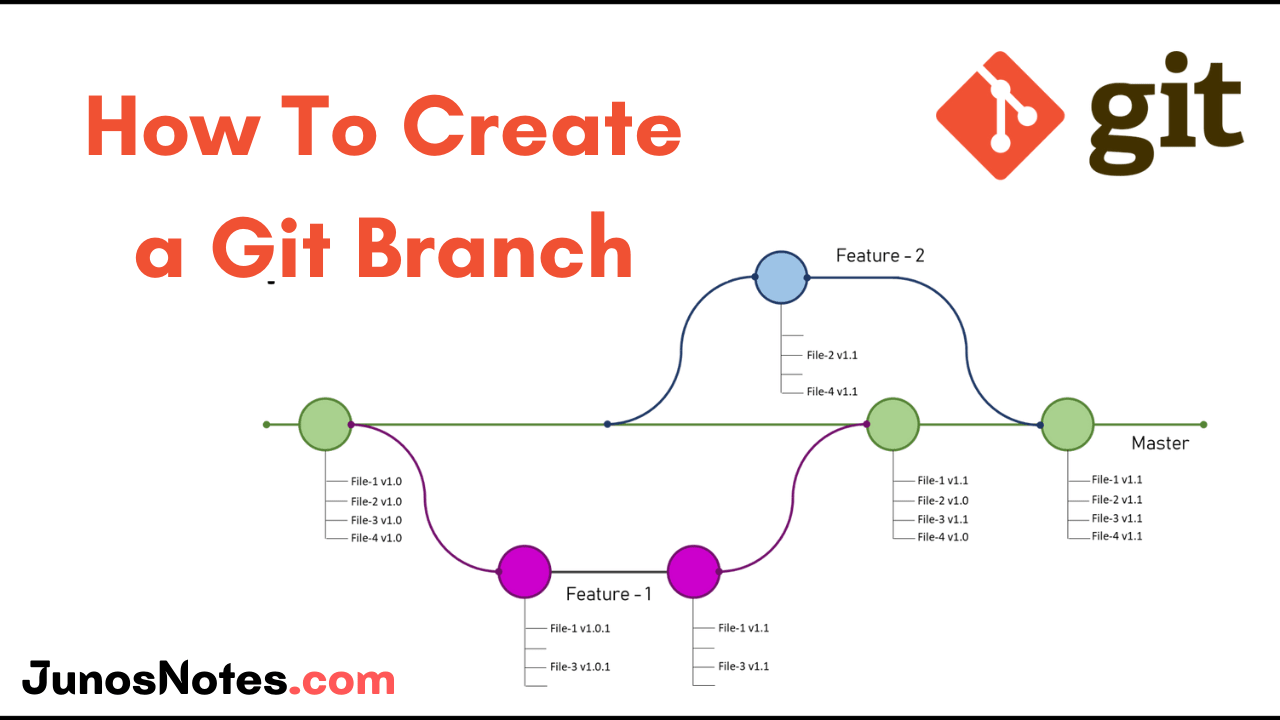

In such cases, it may be more efficient to submit an MR on the release post feature branch instead of the default branch.

This section describes the use case with GitLab release posts.ĭozens of GitLab team members contribute to each monthly release post. GitLab frequently implements this process whenever there is an MVC that requires multiple MRs. Once work on the development branch is complete, then the feature branch can be finally merged into the default branch. People can contribute MRs to that feature branch, without affecting the functionality of the default branch. In such cases, it can help to set up a dedicated feature branch. However, viable changes are not always small. GitLab values encourage the use of Minimal Viable Change (MVC).
Git create branch from changes code#
Once you’ve finished working on a branch and have merged it into the main code base, you’re free to delete the branch without losing any history: git branch -d crazy-experiment This command will push a copy of the local branch crazy-experiment to the remote repo <remote>. Use the checkout command to switch branch. $ git remote add new-remote-repo # Add remote repo to local repo config $ git push crazy-experiment~ # pushes the crazy-experiment branch to new-remote-repo Switch over to the branch issue1 when you want to add new commits to it. For this reason, git branch is tightly integrated with the git checkout and git merge commands. It doesn’t let you switch between branches or put a forked history back together again. The git branch command lets you create, list, rename, and delete branches. New commits are recorded in the history for the current branch, which results in a fork in the history of the project. You can think of them as a way to request a brand new working directory, staging area, and project history. Branches serve as an abstraction for the edit/stage/commit process. How it worksĪ branch represents an independent line of development. The following content will expand on the internal Git branching architecture. Whereas SVN branches are only used to capture the occasional large-scale development effort, Git branches are an integral part of your everyday workflow. The history for a branch is extrapolated through the commit relationships.Īs you read, remember that Git branches aren't like SVN branches.
Git create branch from changes series#
In this sense, a branch represents the tip of a series of commits-it's not a container for commits. Instead of copying files from directory to directory, Git stores a branch as a reference to a commit. The implementation behind Git branches is much more lightweight than other version control system models. By developing them in branches, it’s not only possible to work on both of them in parallel, but it also keeps the main branch free from questionable code. The diagram above visualizes a repository with two isolated lines of development, one for a little feature, and one for a longer-running feature. This makes it harder for unstable code to get merged into the main code base, and it gives you the chance to clean up your future's history before merging it into the main branch. When you want to add a new feature or fix a bug-no matter how big or how small-you spawn a new branch to encapsulate your changes. Git branches are effectively a pointer to a snapshot of your changes. In Git, branches are a part of your everyday development process. Branching in other VCS's can be an expensive operation in both time and disk space.

Branching is a feature available in most modern version control systems. Next the fetched updates can be merged into a local branch. The selected branch are updated in the Branches > Remote directory in the Git Repository Browser. A local copy of a remote branch is created. This document is an in-depth review of the git branch command and a discussion of the overall Git branching model. At the Remote Branches page of the wizard, choose the branches to fetch changes from and click Finish.


 0 kommentar(er)
0 kommentar(er)
